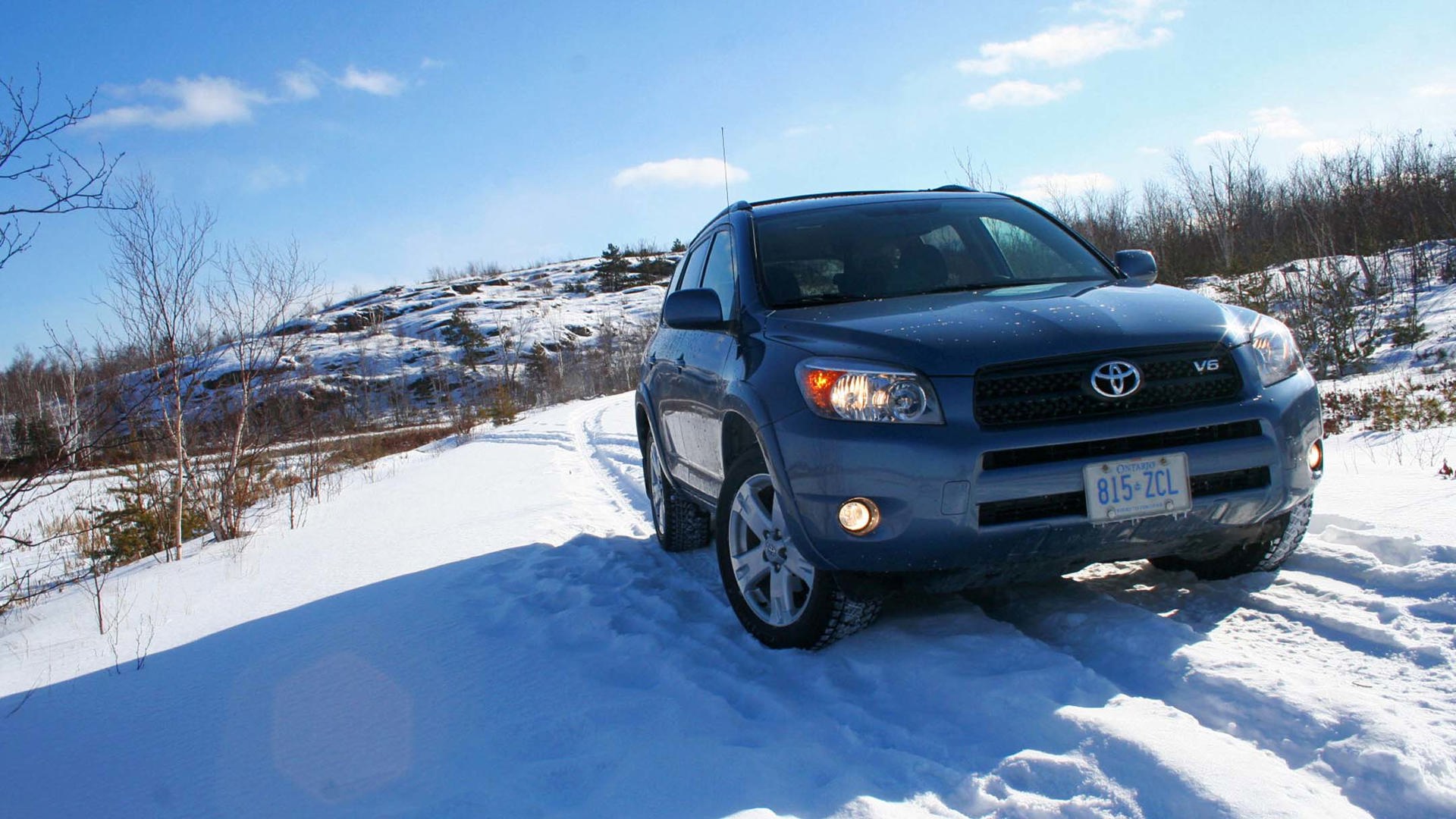Too many people are, like, way too freaked out by winter driving. You see them everywhere once the snow hits: usually sitting inches from the steering wheel, and easily identified by the white knuckles and great big white eyeballs visible from outside.
If you’re prepared, mentally and mechanically, for crappy-weather driving, winter can be one of the most beautiful travel seasons of the year. If you’re not constantly worrying about sliding off of the road or roundhouse-kicking a piece of infrastructure with your bumper, you’ll notice that winter drives can be stunning, quiet and relaxing – especially when surrounded by gorgeous, snow-covered Canadian scenery.
So, winter can be one of the best, or most stressful driving seasons, depending on your perspective.
Confidence, peace of mind and comfort levels are front and center in the purchase decisions of many shoppers, and automakers are delivering more features and technologies to provide it. At more affordable levels than ever, today’s vehicles are shipping with advanced safety, driver assist, and telematics systems once reserved for top-dollar flagship models.
Here’s a look at this writer’s favourite features for winter driving confidence, based on many years of winter driving in hundreds of different rides. You’ll find many of the features below as standard, or as an affordable add-on option, in your next ride, if you’re in the marketplace shopping.
Note that the list below assumes you’re planning to opt for a set of winter tires, too.
Forward Collision Warning (FCW)/Alert
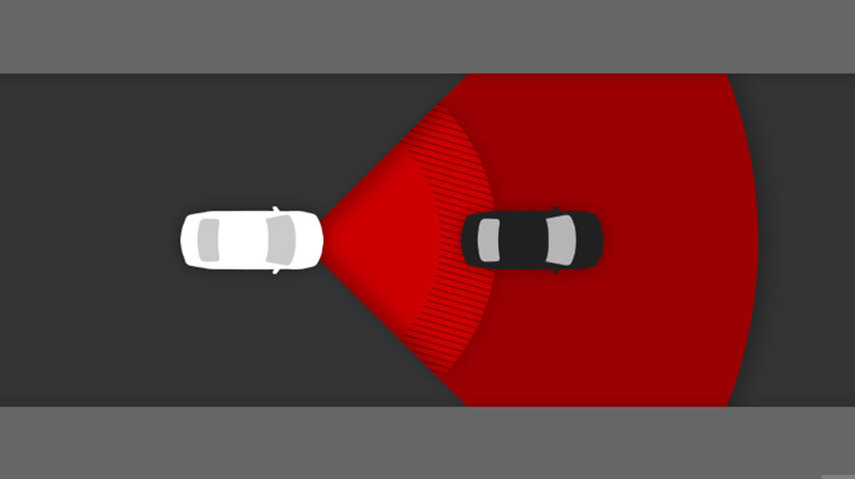
This technology is rapidly proliferating the marketplace under a variety of trade names, but the idea is the same across the board: an FCW system uses a camera and/or radar system to alert you if you’re suddenly getting too close to something that’s moving a lot slower than you. An elevated collision risk is detected when a “safe” closing rate to the next vehicle in traffic is exceeded, and the driver is alerted early via the system’s warnings, which can provide a few extra seconds to brake, or make an emergency maneuvre.
Remember: in winter, even an extra second of warning can mean the difference between avoiding an impact, or plowing head-on into a pile-up. Case in point: on one occasion, your writer had this alert activate when a truck up the road began braking, though his taillights were obscured by snow. As a result, I had about 3 extra seconds to brake than I would have, sans-warning, which may have prevented a rear-end collision. Just remember to keep your car clear of snow and ice – in many cases, it takes only a little buildup to block the FCW system’s radar transmitter.
Rear Cross-Path Detection
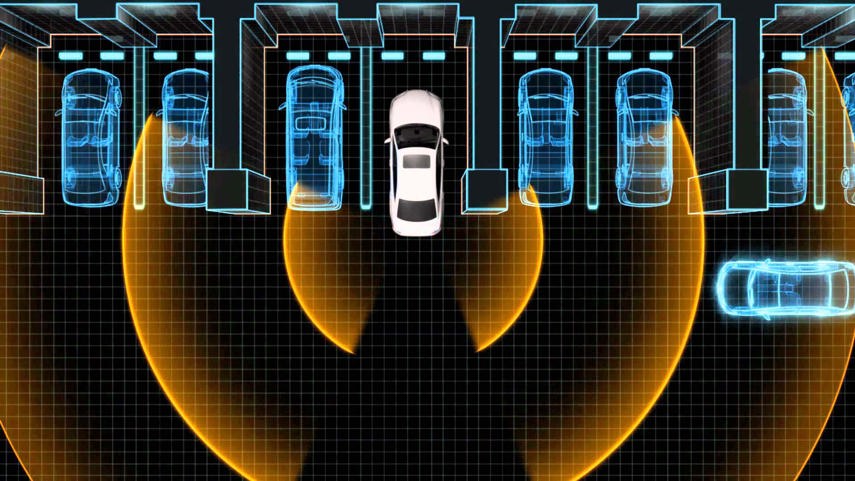
Here’s another radar-driven safety feature, with numerous trade names, that’s becoming more affordable. Whatever the name, the premise is simple: as you reverse, rear-mounted sensors “look” down the laneway you’re backing into, and alert you if there’s a car approaching that you may not see. As a person who lives on a corner of a busy road, I’m a big fan of this system when it comes time to back out between two tall snow banks, or even at the mall when you’re sandwiched between two monster SUVs. Of course, backing into a parking space is even more ideal, where possible.
OnStar
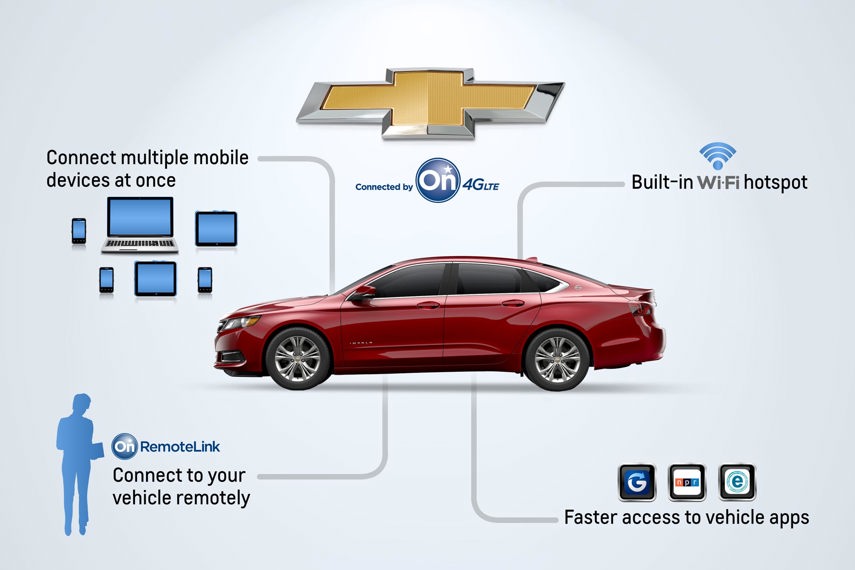
Available in all GM vehicles, OnStar puts motorists in touch with real-life help on a 24/7 basis in the case of an emergency – furthering peace of mind when travelling away from home. With a click, anyone driving your new Chevrolet, GMC, Cadillac or Buick is connected to an OnStar advisor who can hook them up with a tow-truck, ambulance, directions, or other assistance.
OnStar can automatically alert emergency personnel of your vehicle’s location and status after an airbag deployment if you’ve had an accident.
Best thing? Even if you don’t have your cell phone handy, the system still works, since it has one built-in. Other automakers are rolling out similar telematics systems, too. Many of these operate on a monthly subscription basis, and millions of drivers opt in for the confidence and peace of mind. As an older brother and son, I’m happy my sister and mom both have OnStar in their rides (a Cruze and an Equinox) when they’re out and about in winter.
High-Output Lighting

If a premium lighting system (LED or Xenon) is offered optionally on your next ride, you should strongly consider it. Winter is hard on your eyes – thanks to decreased colour contrast in the world around you, reduced daylight hours, and increased eye strain. With a high-end lighting system, drivers benefit from brighter, cleaner and more saturating light output, making life easier on one’s peepers, which won’t have to strain as hard to see detail up the road. In addition to directly enhancing safety with better visibility through more potent light output, the reduced strain on drivers’ eyes helps maintain fresh vision and alertness, even hours into a nighttime drive. As an added bonus, many high-end lighting systems provide superior illumination into roadside treelines, providing added warning should an animal be planning to cross the road ahead.
Custom Terrain Management / AWD LOCK
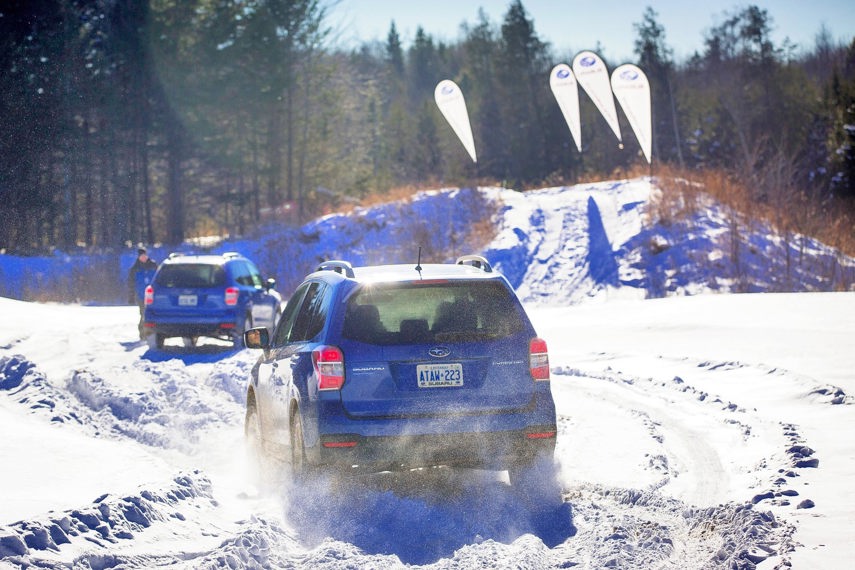
Today, numerous utility models, including the Jeep Cherokee and Honda Pilot, offer a terrain dynamics management system, which lets drivers choose from various “modes” that best match current on or off-road driving conditions. Special modes are available for Snow, Sand, Mud, Ruts, Rocks, and more. Engage the mode you need, and special system calibrations for the throttle, transmission, the AWD or 4x4 system, traction control and even the differentials are engaged, helping fully optimize vehicle operation for whatever surface is passing beneath. Throttle response, tolerable wheelspin, gear change logic and power split between the axles are all fine-tuned.
Notable is the “Snow” mode – which typically numbs the throttle and locks in an even power split between the wheels, making it harder to spin them. Most of these systems have an “Auto” setting too – which is applicable to most normal driving conditions. It’s a little extra confidence at the flick of a dial. Models from Hyundai, Infiniti and others also offer a separate 4x4 or AWD Lock or Snow setting, which effectively locks the centre differential, providing maximum possible traction at the flick of a switch. This functionality is ideal in situations that are extra-slippery, or extra-likely to get you stuck.
Downhill Assist
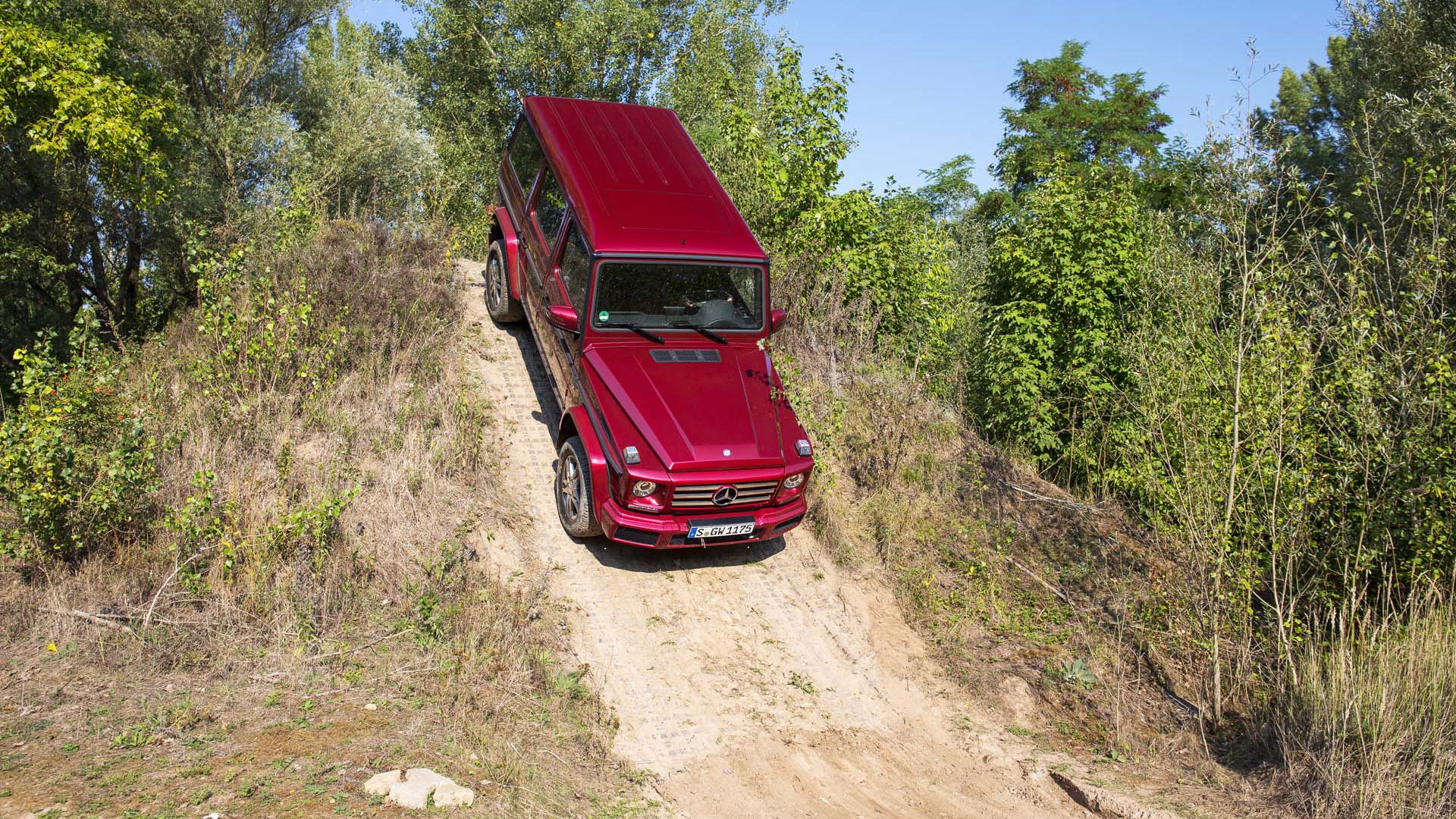
Downhill Assist Control (DAC) or Hill Descent Control (HDC) is touted with various names by various OEMs, but the systems all work to similar effect. Going down a steep hill, and especially a steep and slippery hill, can be dangerous. So, simply engage the Downhill Assist system fitted to your crossover before heading down the grade, release the pedals, and focus on steering. Note that activating this system may initially lock you to a crawling speed, so watch for vehicles approaching from the rear.
Using inclination sensors and advanced control over the vehicle’s throttle, brakes and transmission, the system inches the vehicle carefully and predictably down even the most challenging slopes – working the brakes on a wheel by wheel basis, if needed. Downhill Assist systems ensure the vehicle goes straight down the hill with minimal drama, and at an extremely slow speed, under full control regardless of incline and traction levels. This makes life safer and less stressful in the driver’s seat. A large number of readers and friends have told me they’ve actively sought this feature out on their new utility vehicles, for added peace of mind.
Limited Slip Differential
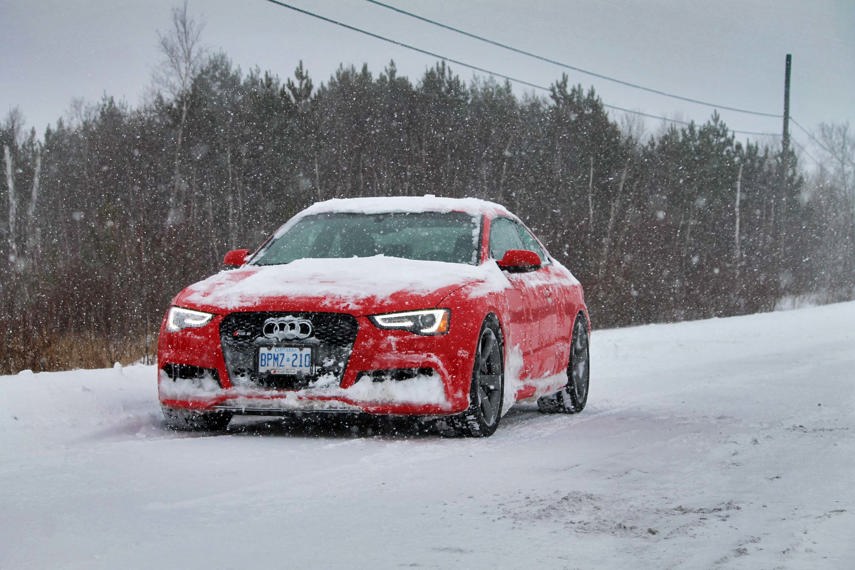
More commonly used in pickups and large SUV models, a Limited Slip Differential may be optional or standard in your next ride. With one, the tendency of a rear-wheel drive vehicle to spin a single rear wheel is virtually eliminated, as the action of the differential effectively “glues” or “locks” the rear wheels together when spin is detected. Though easily overlooked, a LSD can make for a more stable and confident drive in low traction situations. Other benefits include less need to activate four-wheel drive, in an automatic four-wheel-drive system, if equipped. This can save fuel. If you’ll drive your truck or SUV in winter, a Limited Slip Differential is a good idea.
